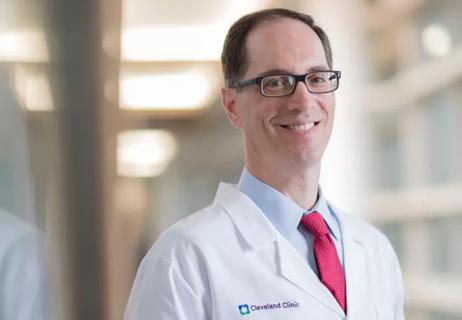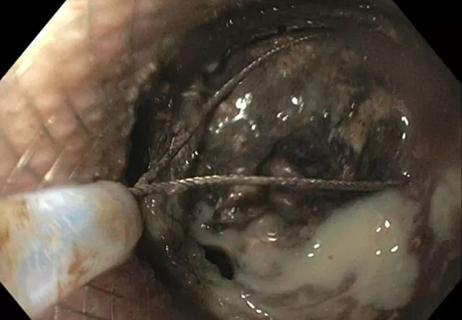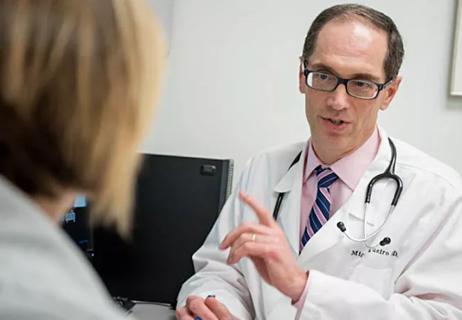Colovaginal fistula is a relatively uncommon condition that can affect women in a wide variety of ages, depending on the underlying disease process. Colorectal surgeon Scott Steele, MD, Chairman of the Department of Colorectal Surgery at Cleveland Clinic, discusses the diagnosis and treatment of these abnormal connections between the colon and vagina.
Cleveland Clinic is a non-profit academic medical center. Advertising on our site helps support our mission. We do not endorse non-Cleveland Clinic products or services. Policy
A. Common causes are trauma from childbirth and inflammatory conditions, such as diverticulitis and Crohn’s disease. Malignancy and prior radiation therapy are other reasons these can occur. The most common risk factor for a fistula from an inflammatory condition is prior hysterectomy. When the uterus is gone, inflammatory conditions in the pelvis can find a weak point at the vaginal cuff, and a fistula can form.
A. These fistulae commonly present with the passage of fecal matter or gas through the vagina. A small hole through the apex of the vaginal cuff is likely to present with intermittent passage of air alone. A larger fistula is more likely to cause liquid or even solid stool to pass through the vagina. Symptoms can vary, but may include abdominal pain, fever, nausea or vomiting. If left to process, the associated pelvic abscess can cause sepsis, and even death (although extremely rare).
A. Most diagnoses are made by history and physical exam alone. CT with contrast or endoscopy can aid in the diagnosis of small fistulae. These may be hard to find when doing an endoscopy from the rectal side, so vaginoscopy can be helpful in finding the actual opening. The clinician should keep in mind that the size and location of a fistula may differ, depending on the underlying etiology. Smaller fistulae may be found on the apex of the vaginal cuff. Larger fistulae tend to be situated lower.
A. Colovaginal fistulae are typically not an emergency, despite their high “yuk” factor for patients. Patients may be evaluated on an outpatient basis before undergoing surgical repair of the fistula. The workup should be thorough and address any underlying disease process. If the patient has a history of malignancy, she should be checked for recurrence. If she has a history of diverticulitis or inflammatory bowel disease, the status of these conditions should be evaluated and appropriate medical treatment begun prior to surgery.
A. The size and location of the fistula and its underlying etiology dictate what needs to be done.
A fistula caused by diverticular disease may require a sigmoid colectomy with an approach from the abdomen, with takedown and repair of the fistula interposed with normal tissue in between (such as omentum). Contrast this with a low fistula secondary to prior radiation therapy or trauma, which may be repaired through the vagina or rectum, or even require tissue flaps (e.g., bulbocavernosis).
In some complex fistulae, it is important to understand that diversion is a necessary component for successful healing. Particularly with prior radiation therapy and Crohn’s disease, diversion allows the tissues that are used to repair the fistula to become supple and more easily incorporated into the repair. This requires a multistep approach including diversion, repair of the fistula, takedown of the stoma and restoration of normal anatomy.
A. With a successful repair, the long-term outlook after healing is a great quality of life. That being said, women should not get discouraged if their repair fails. A second repair or treatment with additional means usually results in success.

Addressing gender and diversity issues are among her priorities

The gastroenterologist's plans for the institute

What is an accountable care organization and how does it work?

Specialty care programs quickly expanding to meet the region’s needs

Minimally invasive technique is highly successful for managing pancreatic necrosis

Incoming president Tracy Hull, MD, discusses her goals for the colorectal surgery society

Cleveland Clinic’s John Vargo, MD, MPH, on his leadership plans for the endoscopy society

Build the team and listen to its members, this gastroenterology leader advises